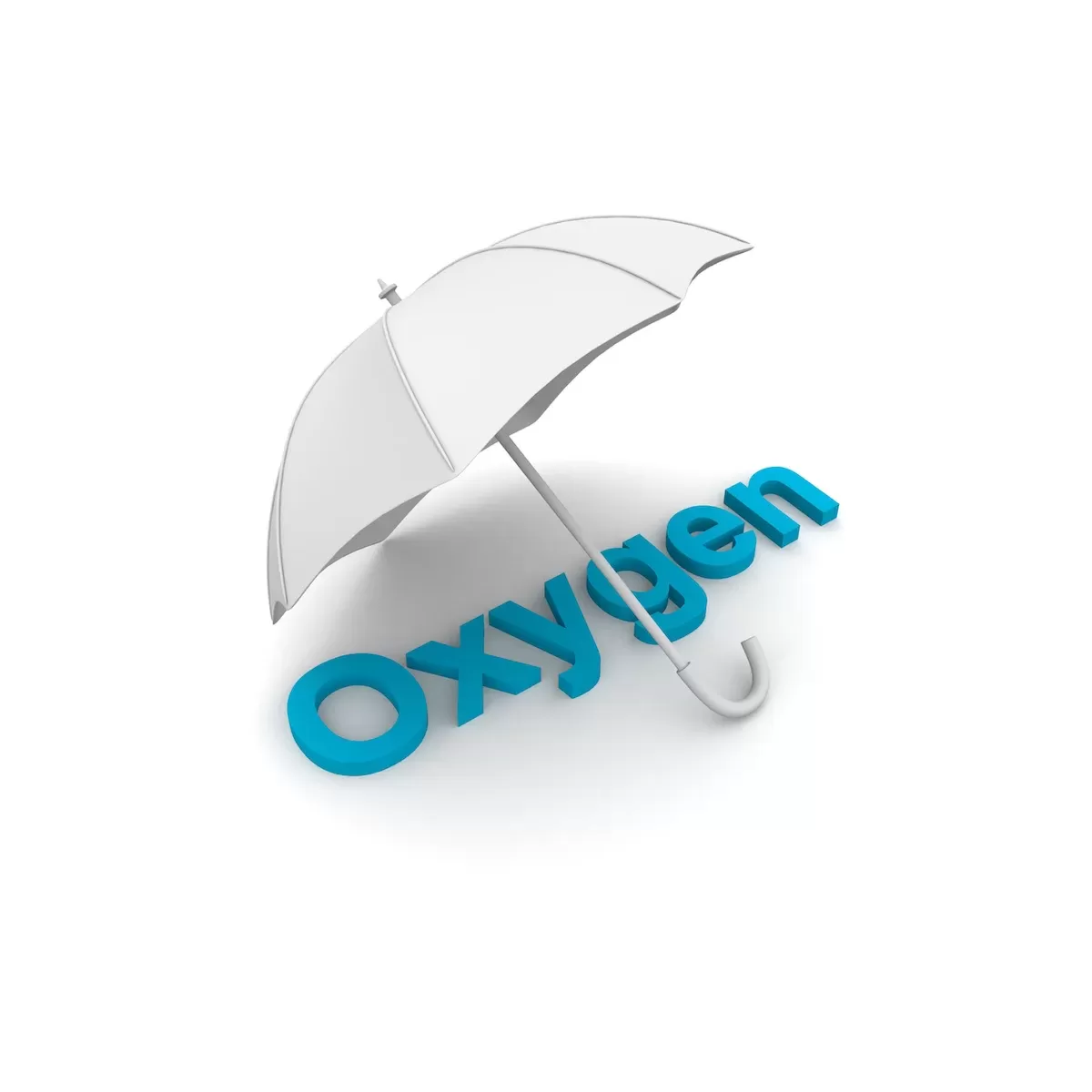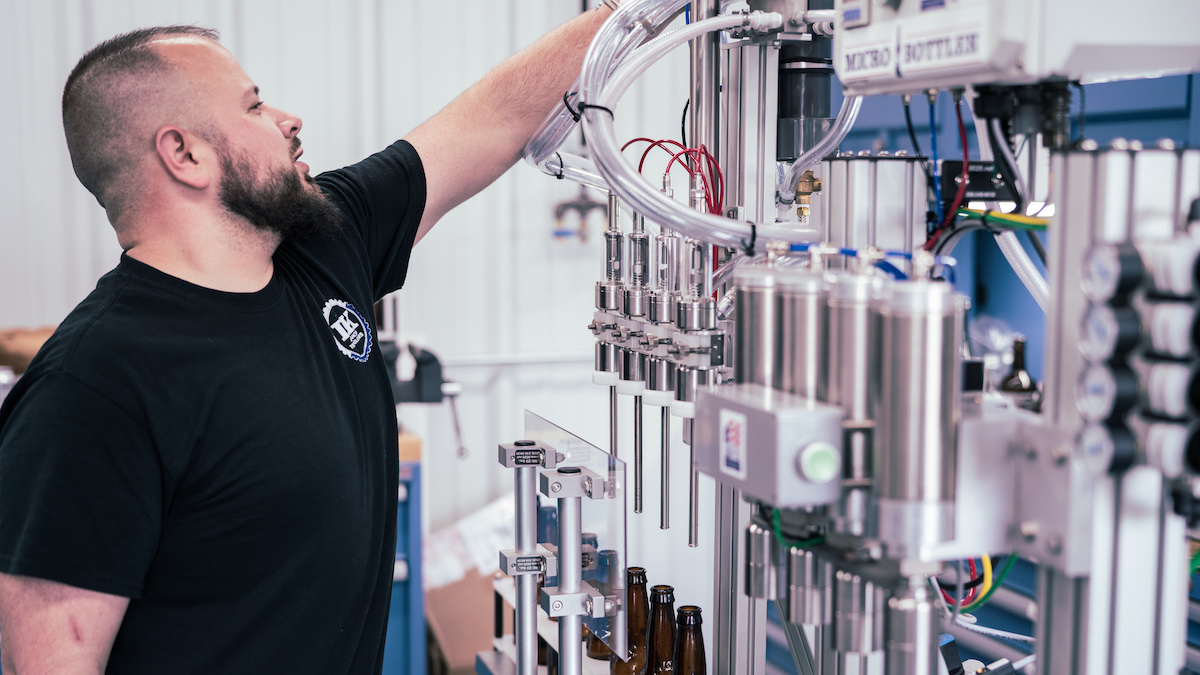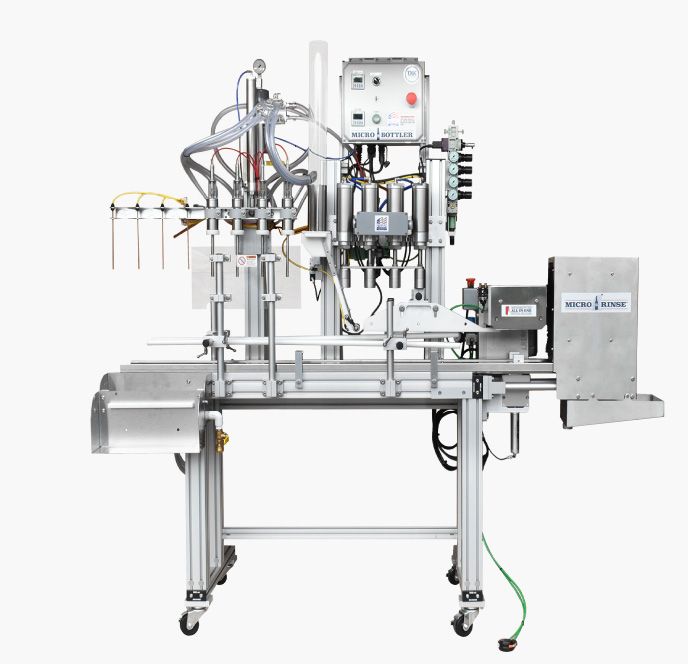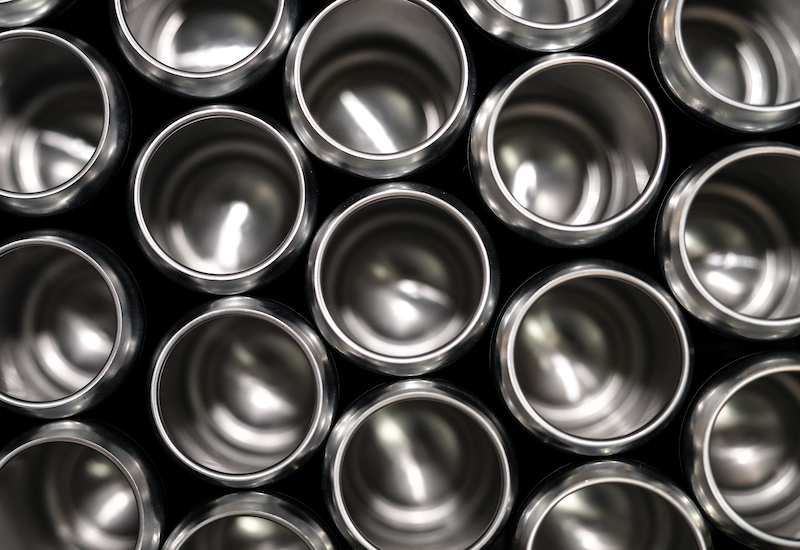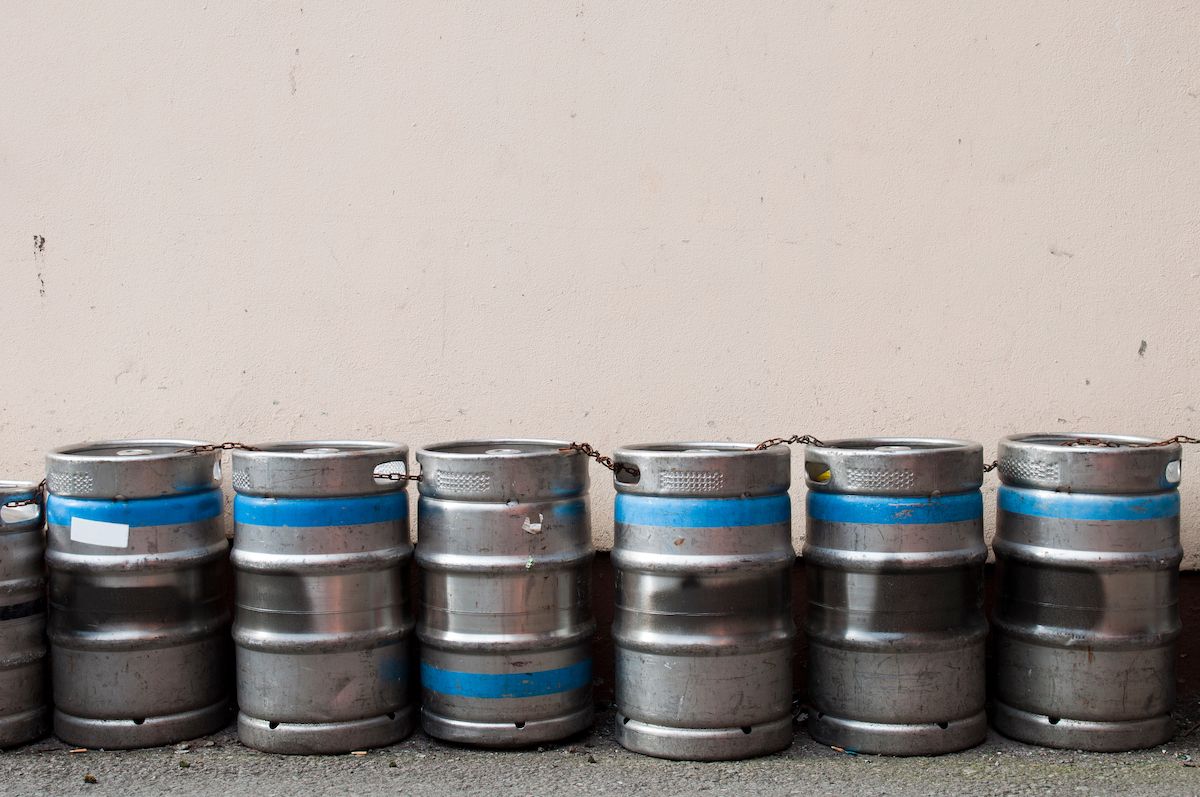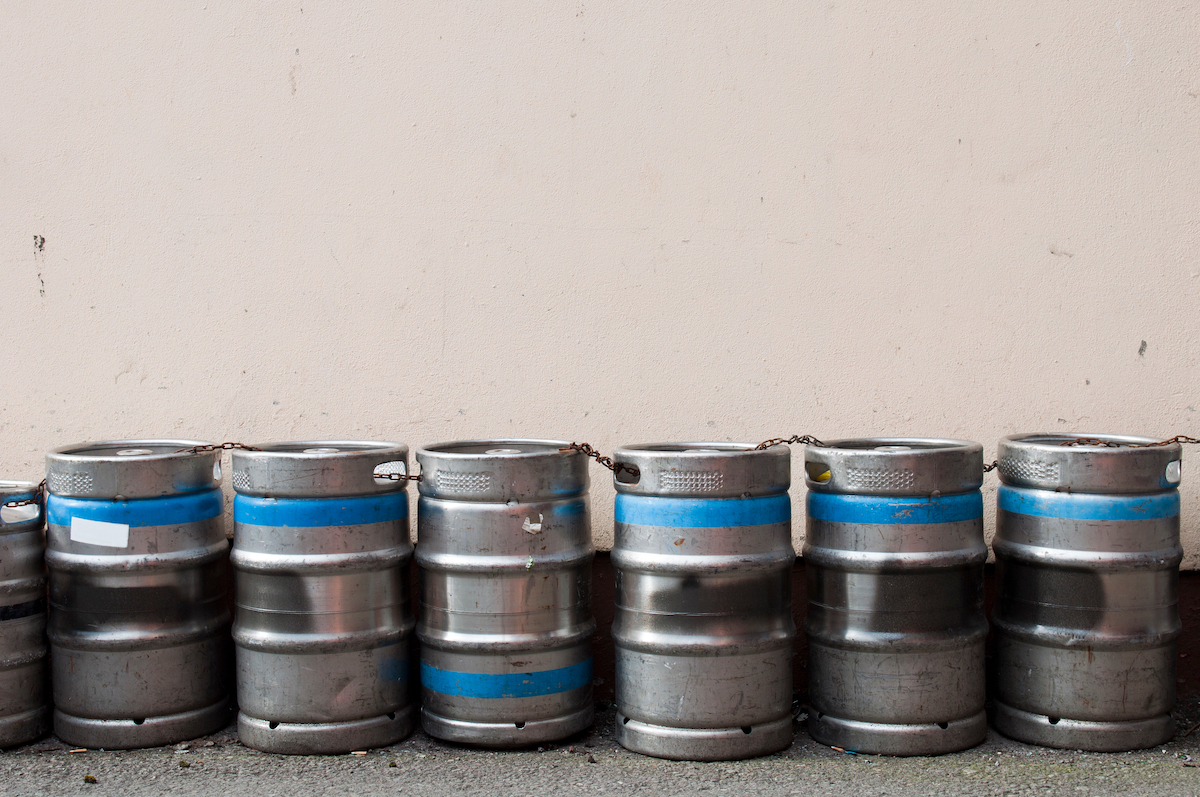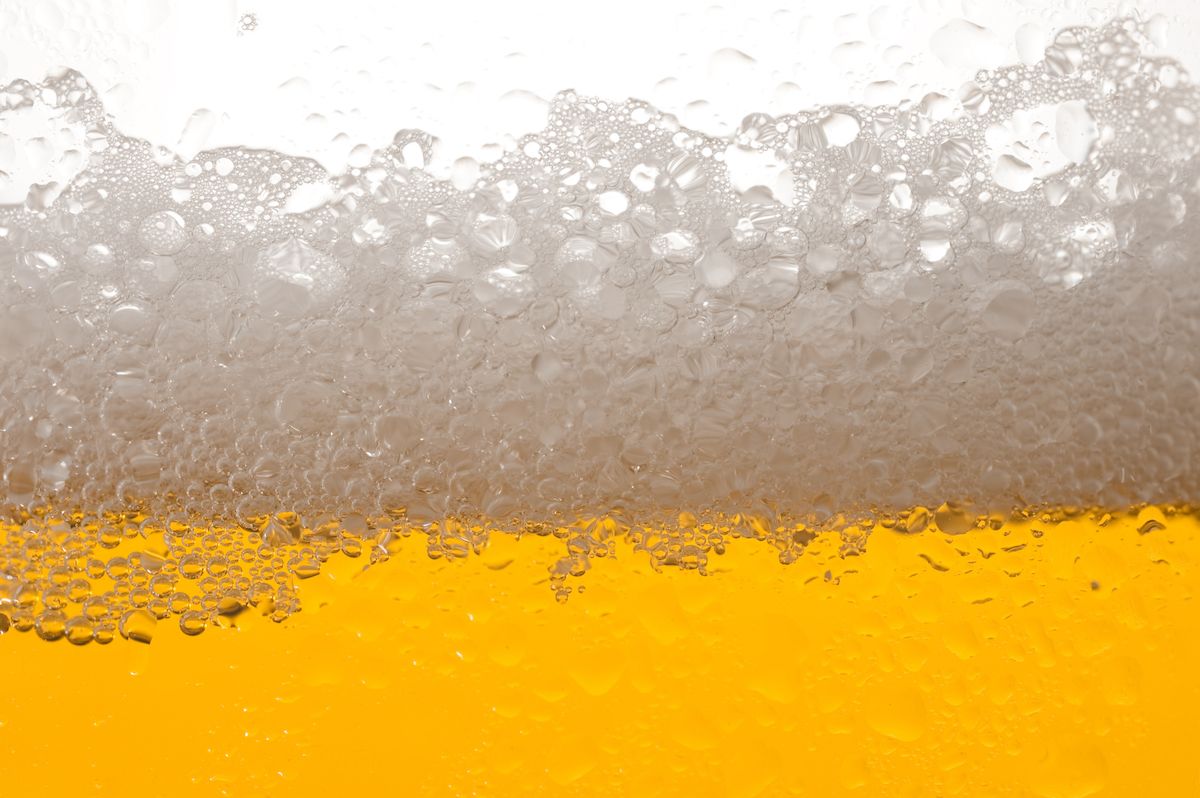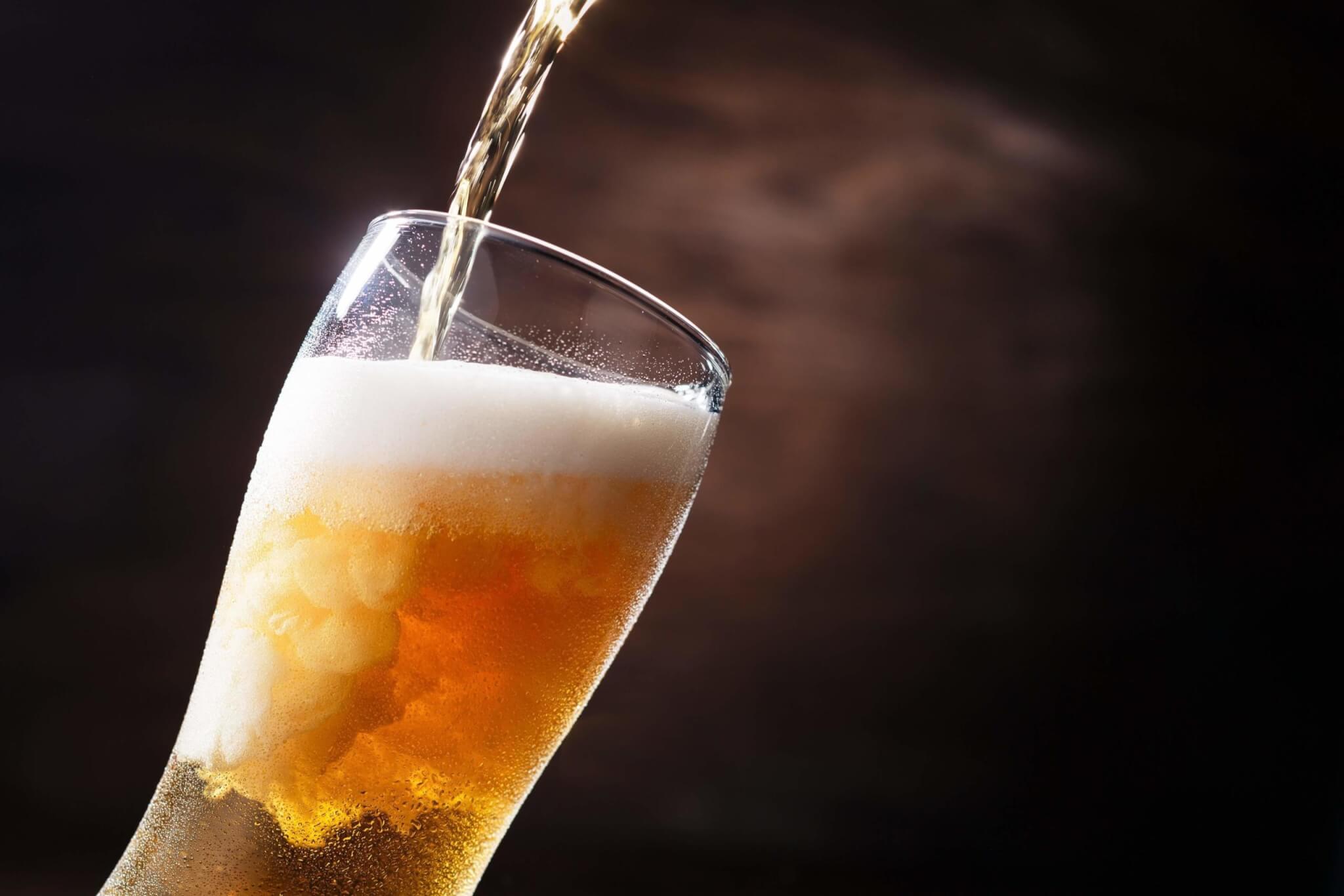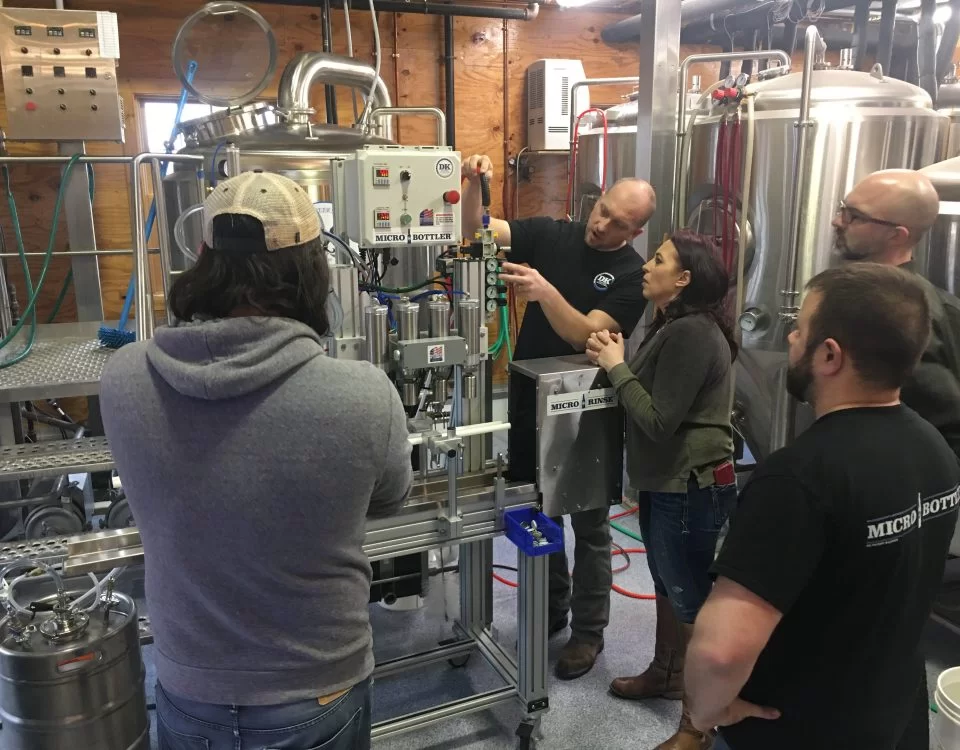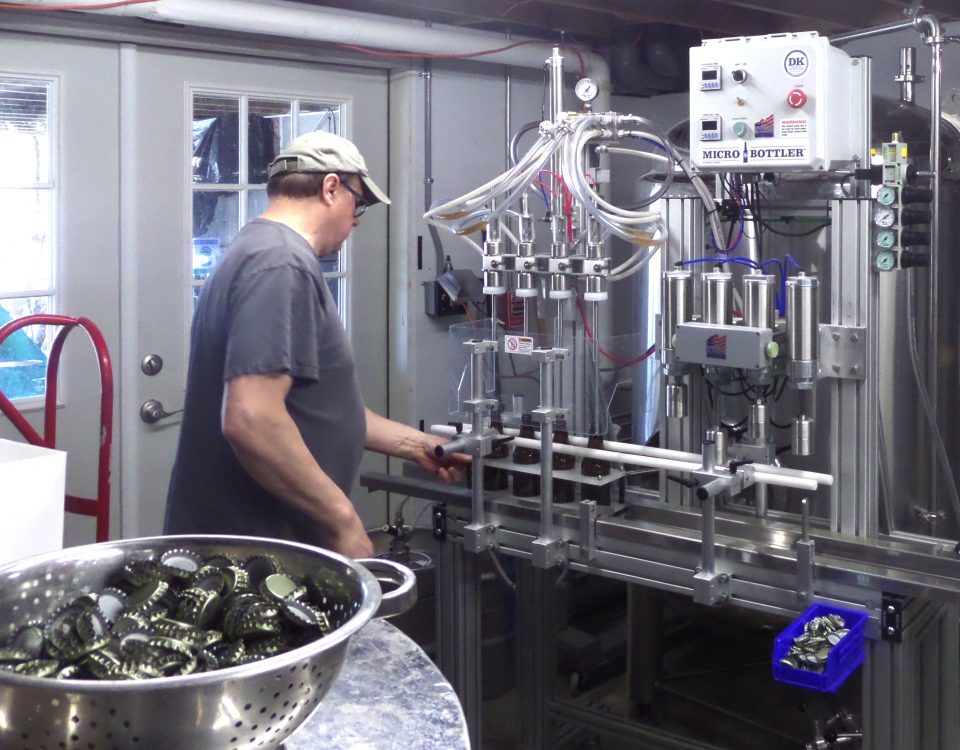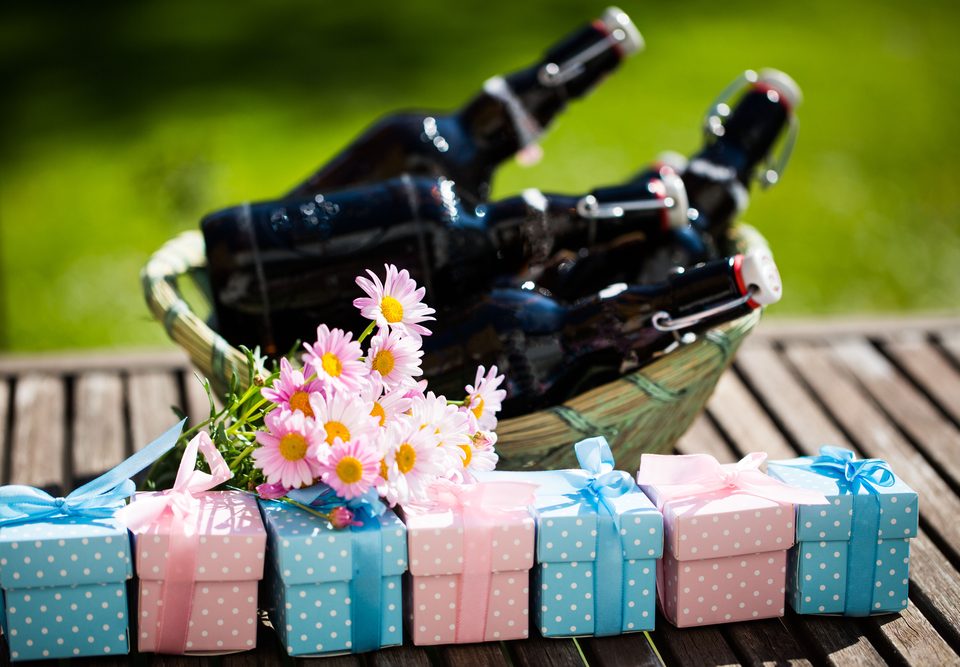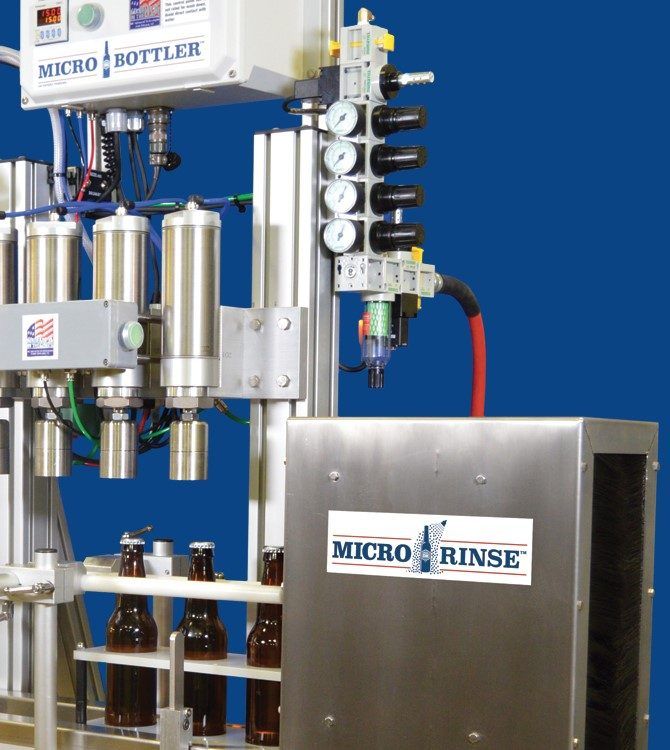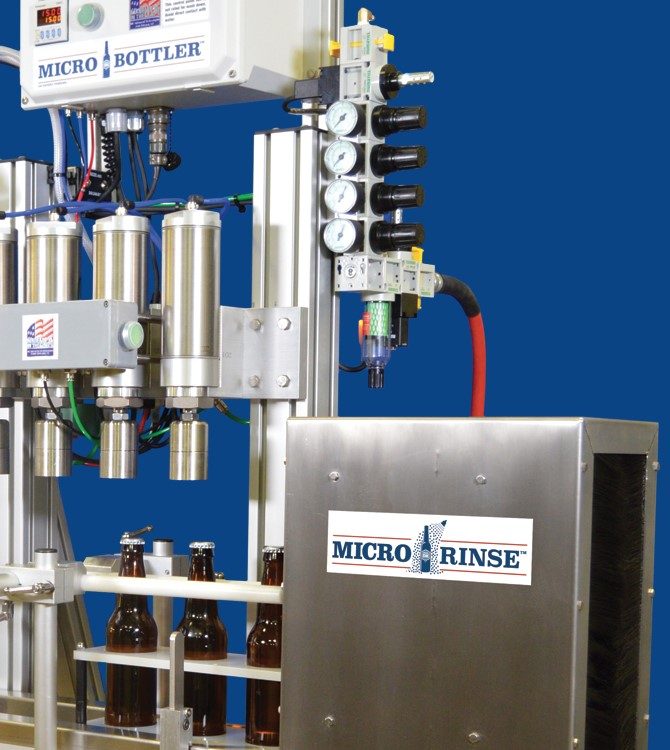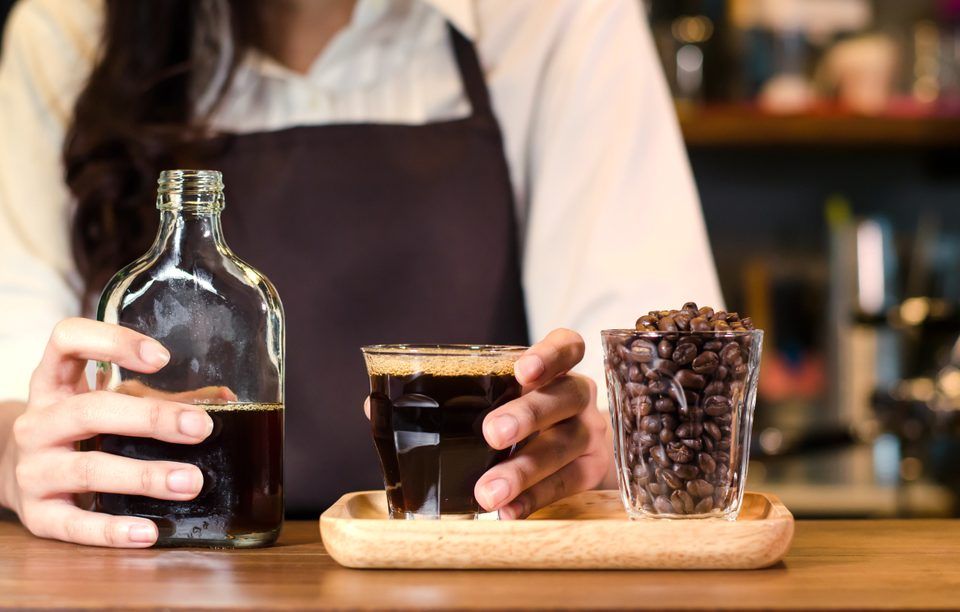DISSOLVED OXYGEN
DISSOLVED OXYGEN
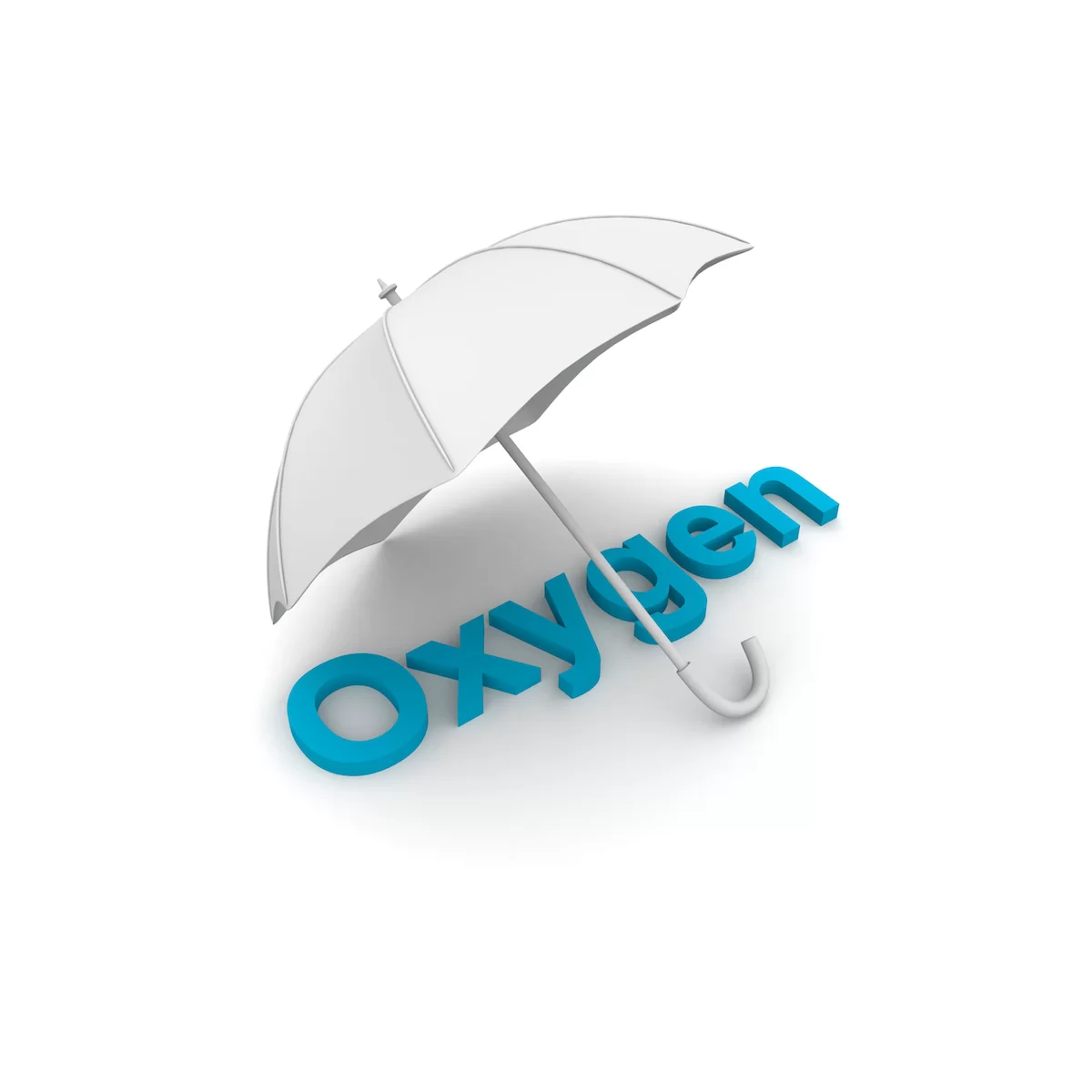
Dissolved Oxygen (or D.O.) is flat out the biggest enemy of packaged goods. If D.O. levels are high enough, beverages can take on an off taste, continue fermenting in the container, or even spoil in some situations.
This is called oxidization of the product. D.O. is measured in Parts Per Billion (P.P.B.) which is a number a little difficult to get your head around just how small that is. I will be discussing what is referred to as total package D.O. ,which is the D.O. level in the package when it is complete and ready for sale; but be aware that some D.O. comes into the process with your beverage.
All beverages have some level of D.O. in them. This is because of oxygen that existed in the water and/or some other ingredients that they were made of. Fermentation reduced D.O. because the microbes consume the oxygen and replace it with CO2, but typical fermentation cycles will not remove 100% of the D.O.
The D.O. levels will determine how long your product can be stored before they experience a flavor change. Some types of beverages are much less susceptible to oxidation than others. I suggest you do some testing to determine if D.O. is even a concern for your particular market. You may find that you can store your beverage in a warm environment for months with no flavor degradation and if this is the case, you do not need to be as concerned about D.O. levels. Small scale packagers who are packaging low quantities of product and moving it to the shelves where they will be gone in a week can live with higher D.O. numbers because the product is not sitting around long enough to oxidize.
Large scale producers who need to package high quantities to supply a larger distribution network will require lower D.O. because the product has been stored much longer by the time it gets to the consumers hands. Another factor is storage conditions, if you want to store product warm it will oxidize faster, thus requiring lower D.O. than if it will be stored cold.
In the small scale craft beverage world it is not uncommon to find D.O. numbers as high as 100 P.P.B. with perfectly acceptable results for their customers, while mid sized craft beverage folks will probably want to be closer to 50 P.P.B. and everyone should strive for the glory of 20 P.P.B. although admittedly, without flooding all areas around the open container with CO2 this is very hard to achieve.
I already mentioned that all beverages will come from the tank with a measurable D.O. level. What this means is, if you want to hit 50 P.P.B. and your beverage comes from the tank with 12 P.P.B., you now can only add 38 P.P.B. in your packaging process. Small amounts of D.O. will be added anytime the beverage is exposed to the atmosphere but most D.O. comes from handling. The more you move the can/bottle around without a cap/end on it, you are adding considerable D.O. Anything that shakes, jostles or god forbid squeezes the can will fold oxygen into the liquid and raise D.O. levels.
If your Pre Rinse of choice has D.O. in it, then the drops of rinse agent that remain when you fill will have D.O. in them also and that will incorporate into your beverage. A pre-purge is worth its weight in gold for reducing D.O. levels because it displaces all the oxygen from the container so that when the beverage comes in it is not swirling and tumbling in an oxygen rich environment which will fold oxygen into the liquid.
It is imperative that your bottle cap or can end be placed on a bed of foam. Where there is foam, there cannot be oxygen. Our testing revealed that even dropping a can end on flat versus “rolling” is on at an angle can have a profound effect on D.O. levels because the voids under the end contain oxygen which can get trapped.
When you are looking at your options for a packaging machine, I would first try to determine how low your D.O. numbers need to be. What are you packaging? How long do you plan to store it? Can you and your sales outlets store it cold? These are all variables that will help you determine how tightly you need to control D.O. levels. Lower D.O. is ALWAYS good.
As with many other features of the MicroFilling line, you really don’t have to sacrifice D.O. when you buy our equipment. Our testing has revealed final package D.O. levels of 40 P.P.B. are easily attainable with our equipment.
- Our Pre-Rinse can accommodate any type of supply, including kegs of degassed rinse agent
- Cans or bottles (remember- you don’t have to choose) are held in totes which eliminates anything bumping into them, squeezing them or otherwise jostling them around during the filling, capping/seaming
- Our Pre-Rinse provides a vert thorough purge of all oxygen from the container
- Our counterpressure fill means the container is completely sealed from oxygen during the fill process
- Our crown capper allows you to cap on a layer of foam
- Our can lid presenter purges the underside of the waiting lids with CO2and rolls the lids into position in a way that does not trap oxygen
- Our lid retainer holds the lids down into the foam while seaming is performed
